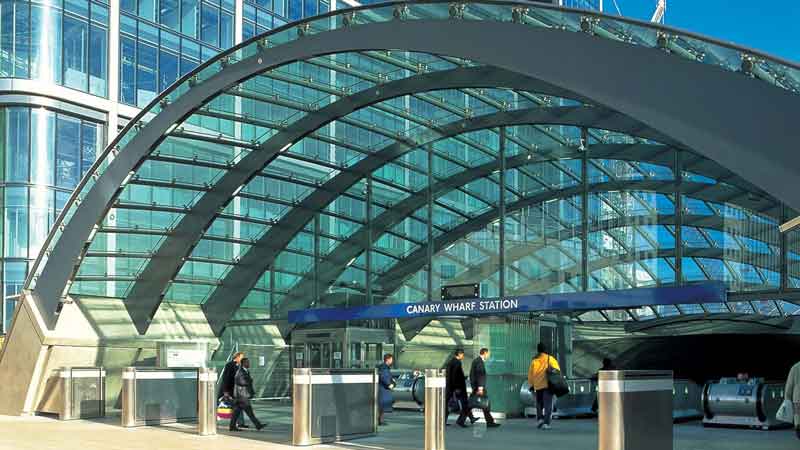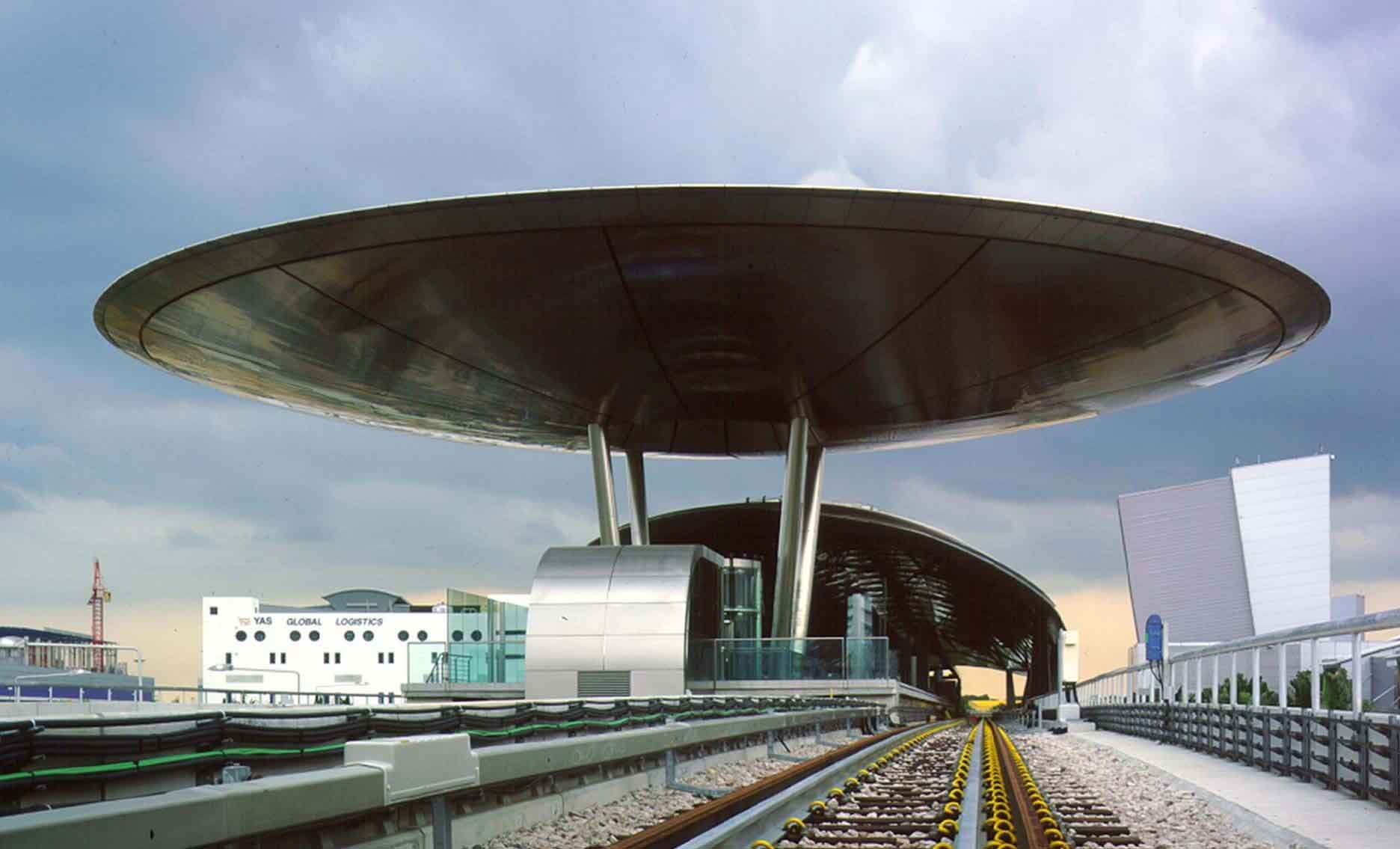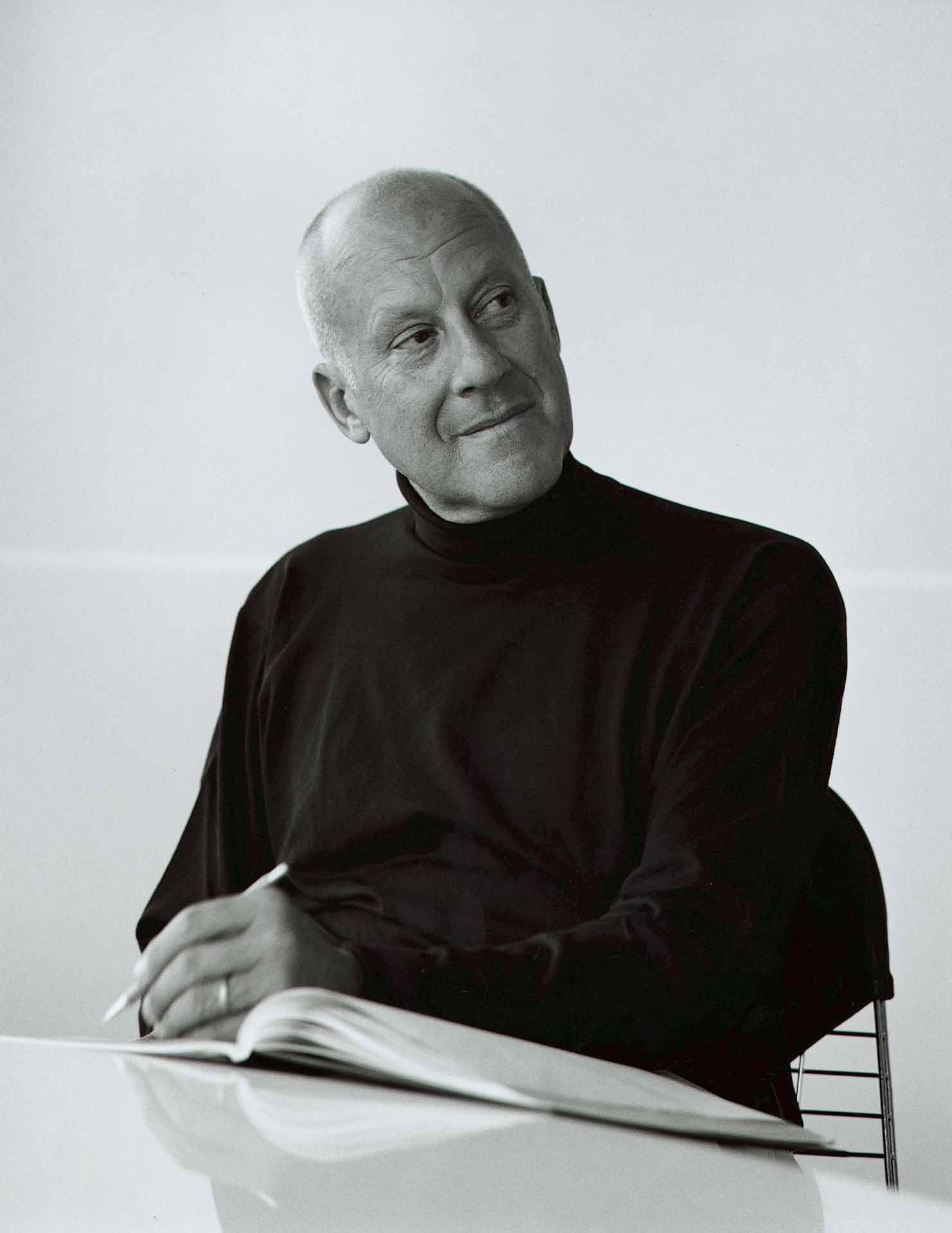
Design Interests of Norman Foster
Say Norman Foster and most people think architect. Prompted to name his buildings, they might mention the Gherkin, Apple Park or the Hearst Tower. How many know that the design interests of Norman Foster run to cars, planes and trains? Meet Norman Foster the one-time loco spotter, classic car collector, lover of period Americana and third ‘namer’ on Logomotive.
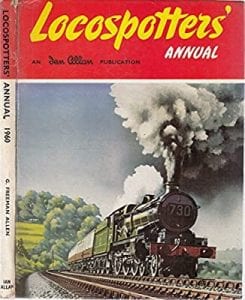
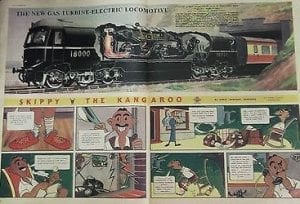
As a boy Norman Foster used to stand next to the train tracks behind his home in Manchester waiting to see passing express locomotives, ‘namers’ in train spotter’s language. After lonely waits, he would catch a momentary glimpse of a curved nameplate flashing by midway along the length of the boiler, its raised, polished fonts standing proud against a burgundy red or earthy green background. He ticked off the names in an ABC book of locomotives published by Ian Allan. In between times he pored over cutaway drawings of the latest locomotive technology in the weekly Eagle comic.
The bigger canvas of America
If the express train conjured up a vision of adventure, travel, escapism and high lifestyle in the British Isles, imagine the image of the railroad in faraway America with its vast distances and endless horizons, where trains were immortalized in hit songs like ‘On the Atchison, Topeka and the Santa Fe’. Those were the days when Winston O. Link, one of Norman Foster’s later heroes, was recording the last days of steam on the Norfolk & Western Railway in spectacular, arc-lit, black-and-white photographs.
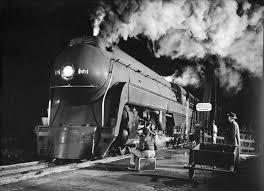
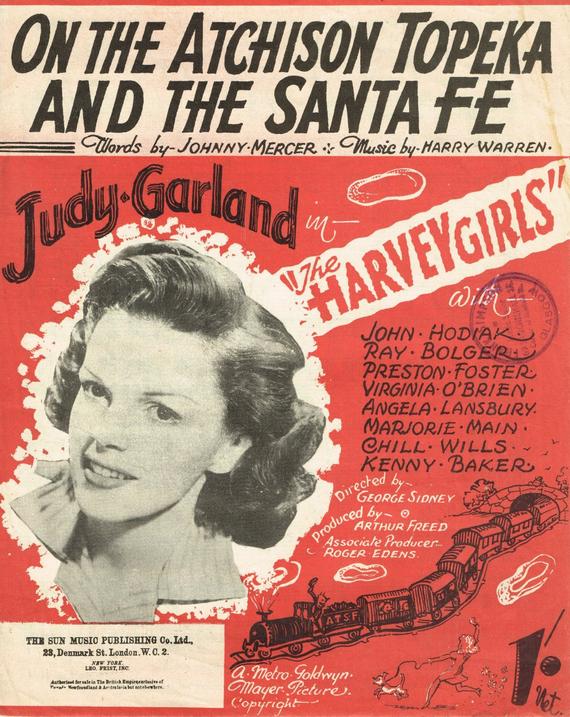
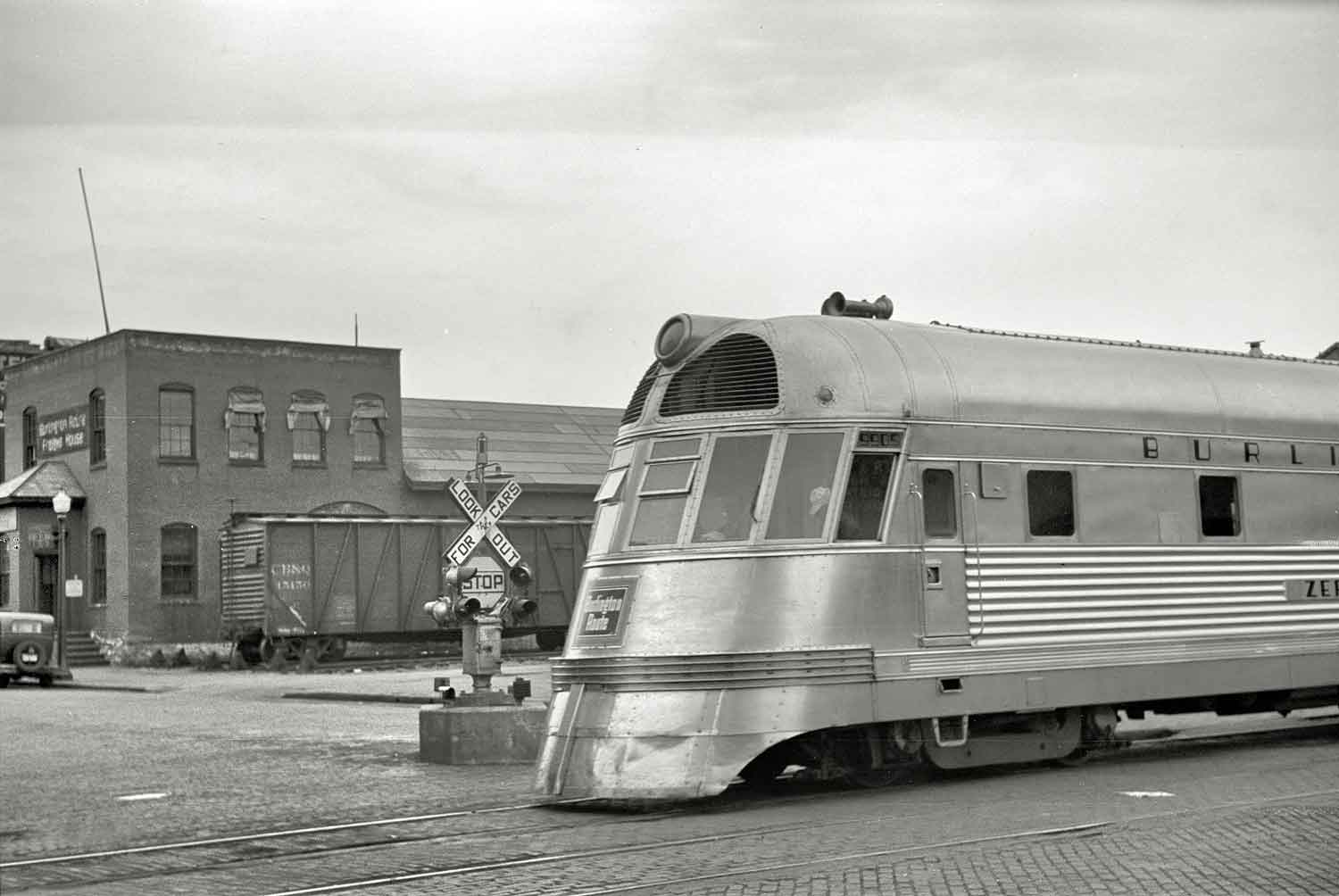
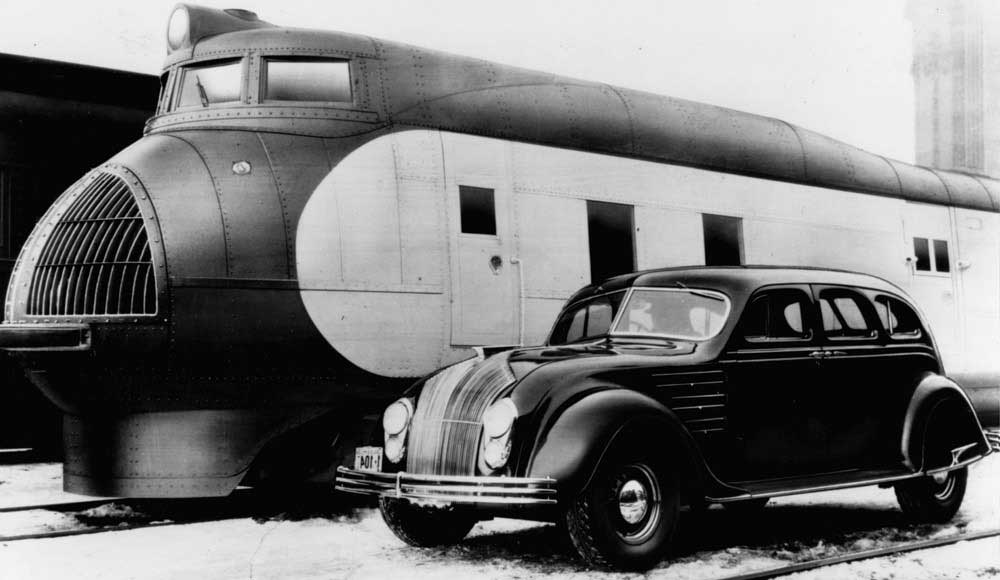
Locos, logos, styling and branding
In his Foreword to Logomotive: Railroad Graphics and the American Dream Norman Foster joins the designer Ian Logan and the design critic Jonathan Glancey in celebrating the heyday of mid-century American design, when streamlining smoothed the lines of trains, cars, planes and buildings. ‘The ultimate marriage of machinery, branding, graphics, colour and lifestyle found its apex in American railroad systems,’ he writes.
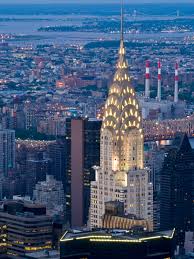
‘Logomotive touches on so many of my personal interests and the ways they connect, particularly streamlining, which ushered in the new era of lightweight, stainless steel, post-steam expresses like the Burlington Zephyr.’ The Union Pacific’s M-10000 diesel express, the Chrysler Airflow automobile and the Chrysler building in New York are all visually linked in his view, all part of the Art Deco movement.
Railway commissions
It is not difficult to see the spirit of streamlining and innovative engineering in some of Foster’s most recent railway work including Canary Wharf Station and Singapore Expo Station.
The Lord Foster of Thames Bank
Norman Foster was knighted in 1990, awarded the Order of Merit and appointed a life peer in 1997 taking the title Lord Foster of Thames Bank. He was elected a Royal Academician in 1991, won the Pritzker Architecture Prize, often considered the Nobel Prize of architecture, in 1999 and has received a string of other awards. In 2017 he set up the Norman Foster Foundation in Madrid to help new generations of architects and designers anticipate the future.
